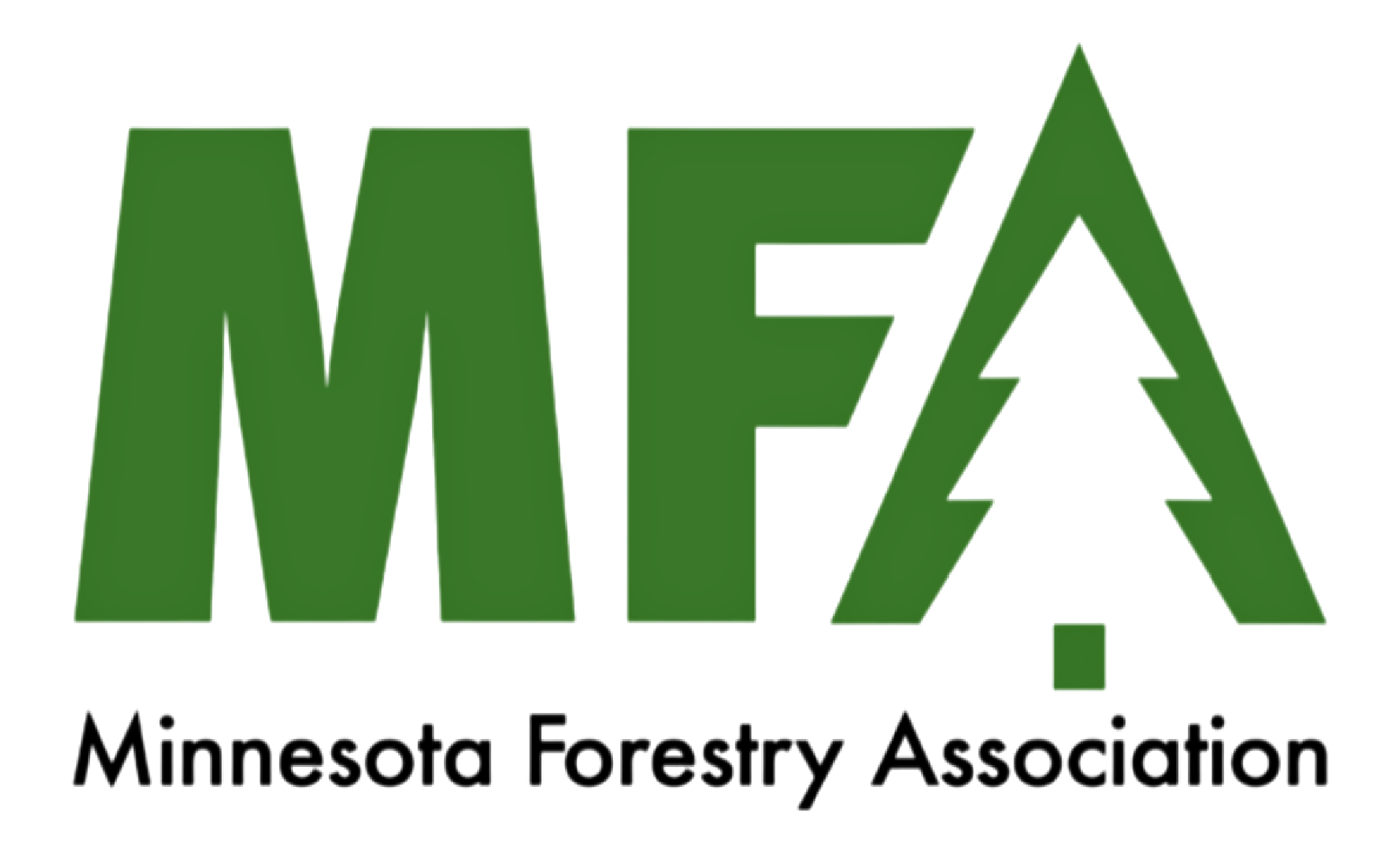Take equal parts physicist and science teacher. Place in a beaker marked “retirement”, shake vigorously and release on 160 acres of Minnesota farmland. Stand back…at a safe distance, in fact…because this is not your grandparents’ idea of retirement.
David and Carole Cartwrights both grew up in the Twin Cities area, but work took them far afield. After living for a time in California, David spent many years working at Los Alamos National Laboratory in New Mexico as a physicist, (he is quick to point out that he never worked on weaponry). Carole taught junior and senior high science and operated a pre-school in Los Alamos while raising their 3 children. When retirement time came in 2003, they had already laid the groundwork for moving to 174 acres they had purchased in Oregon. Before they could make the move, however, Carole found herself the inheritor of her grandparents’ farm on the north-shore of East Rush Lake. It’s beautiful country, with rolling hills gently sloping to the lake and abundant wildlife. After weighing their options, they sold the Washington acres and started making plans.
“We considered several different uses for the land,” said David. “From raising beef, sheep or goats, to growing grapes for wine; we weighed our options very carefully. But the idea we kept coming back to was growing trees.” In 2004, the couple planted 14,500 trees in about one month and also put down their own roots, building a new home in the “foot print” of the old farm house that Carole visited as a child. While the exterior was completed in 2005, the interior developed as Carole came up with the design and David worked on implementation. The house was completed in 2010, with staining, varnishing and installation of woodwork and hardwood floors done by the couple. They also installed the marble floor in the great room. The curving stair rail that leads downstairs is a particularly beautiful example of their work, having created it themselves from oak boards, steaming and bending it into shape. They also did their fair share of clean up around the farm, removing 35 tons of steel and restoring the barn – with the pleasant surprise of finding a cement floor under layers of dirt and straw!
Of course, with two science-minded retirees, one shouldn’t be surprised that “growing trees” means more than just putting some seedlings in the ground. In fact, on visiting the Cartwrights, one immediately senses the exceptional team they make, with the intensity of Dave’s passion for experimenting, the down-to earth (literally) satisfaction that Carole gets from working the land, and enjoyment they both get from working closely together. It’s obvious that they’re equal partners in the work of bringing their plans and dreams to fruition.
One of the Cartwright’s ongoing experiments focuses on tree zone hardiness. “Zone hardiness is a ‘bell-shaped’ curve,” said David. “Trees at the upper end of the curve will survive in colder climates while those in the lower end won’t. I’m experimenting with a variety of trees to see which ones will survive here and which ones won’t. I want to know by empirical evidence that a given species of tree can or can’t grow on our farm.” To that end, they’ve collected seeds in Oregon and North Carolina that are then germinated in their sun room and planted in the spring. “We started growing Allegheny Black Cherry here on our farm in 2007. Our conclusion is it grows very well in Minnesota!” You can also find Persian Walnut, Shagbark Hickory, Shellbark Hickory, Grimo Hazelnuts, butternut and hybrid butternut, all pushing the zone hardiness on the gentle slopes and fields of the farm. In addition to these experimental trees, Dave and Carol also plant trees more common to Minnesota. In all, they’ve planet over 22,000 trees since 2004. And yes, a few Ponderosa pine can be found on the Cartwright’s spread.
Like so many woodland owners, they’ve had their fair share of battles with the likes of buckthorn, Asiatic bittersweet vine and ironwood. However, their war on prickly ash came to an abrupt halt after a meeting with Olaf Runquist, professor of Organic Chemistry at Hamline University. “Runquist told us to stop killing prickly ash because it has medicinal properties,” said David. “It intrigued me so much that I knew I had to start my own experiments.” To make a tincture of prickly ash, David cuts the stem and branches into 12 inch sections and then into 1 inch pieces, peels the bark, and packs it into quart jars. He covers the bark with vodka and lets it sit in a cool, dark place for 10 to 14 days, shaking it every one to two days. The mixture is pressed and filtered, then stored in a dark jar for up to two years. The tincture is used topically. “What prickly ash does, very effectively, is dilate capillaries and increase circulation to remove ‘poisons’ from sore muscles and joints.” He’s anxious to see the results of prickly ash experiments being conducted this fall at Hamline.
The Cartwrights will continue to experiment with all things “trees”. They enjoy applying their first careers as scientists in a beautiful setting with a long family history. And for what purpose? “We look at this farm as a long-term investment that goes far beyond David and me living here” said Carole. “We’re concerned that the land remains undeveloped.” To that end, the Cartwrights are looking into the Conservation Easement program.
With their vision, enthusiasm, and work ethic, their retirement keeps them busier than ever, and they wouldn’t have it any other way.


